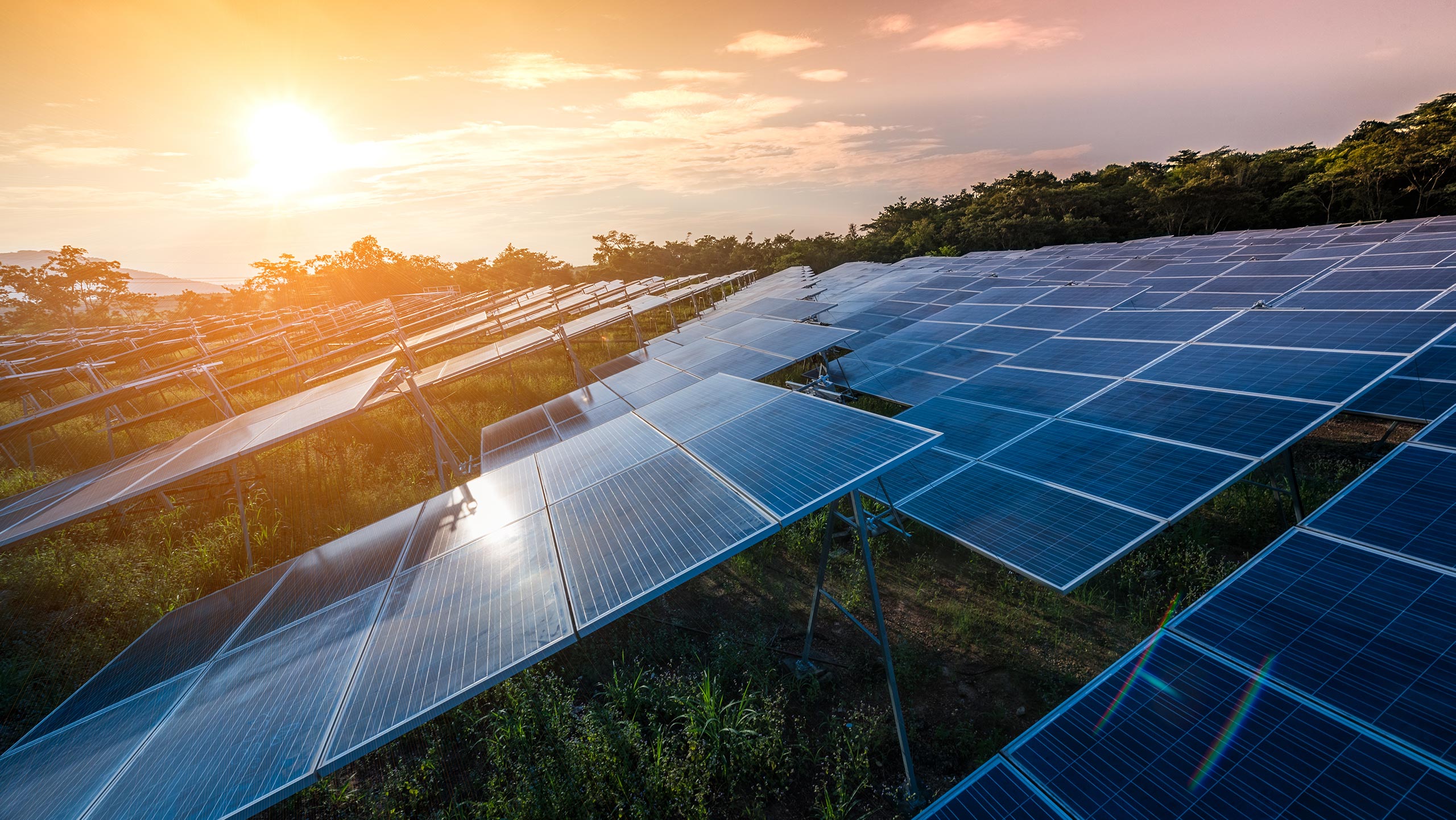US targets China's solar dominance with 50% tariffs on solar wafers and polysilicon — tungsten products will see a 25% increase
The decision follows tariff increases finalized by the Biden administration in September, targeting key Chinese product categories.

According to Bloomberg, The United States Trade Representative (USTR) will double tariffs on solar-grade polysilicon, wafers, and tungsten products imported from China to 50% starting January 1, 2025. The decision reportedly underscores efforts to counter China's dominance in the solar supply chain and strengthen domestic manufacturing, which aligns with the Biden administration’s clean energy goals.
These tariffs, initially imposed in response to alleged unfair trade practices by China, aim to address market distortions caused by subsidies and overcapacity in Chinese industries. Polysilicon and wafers are critical components in solar panel production, and China currently controls a large share of its global supply. The U.S. hopes the higher tariffs will incentivize local production and reduce reliance on imports.
“The tariff increases announced today will further blunt the harmful policies and practices by the People’s Republic of China. These actions will complement the domestic investments made under the Biden-Harris Administration to promote a clean energy economy while increasing the resilience of critical supply chains,” said Ambassador Katherine Tai of the USTR.
While the tariff hike aligns with broader policy initiatives, such as the Inflation Reduction Act (IRA), it raises concerns about potential cost increases for solar projects. Higher import duties might lead to price hikes for solar modules, potentially slowing down renewable energy adoption. Industry leaders emphasize the need to balance tariffs with incentives for domestic production to build a resilient and competitive solar supply chain.
The Solar Energy Industries Association (SEIA) and other trade organizations have highlighted the importance of investments in upstream manufacturing, including polysilicon and wafer facilities, to fill critical gaps in the U.S. solar sector. This move is expected to stimulate demand for domestic solar manufacturing but could also present challenges for developers relying on affordable imports.
The increased tariffs are part of a broader U.S. strategy to address trade imbalances and ensure ethical sourcing of materials; given concerns over forced labor practices in China’s Xinjiang region, a significant polysilicon producer, the U.S. aims to lead in sustainable and equitable clean energy production by aligning trade policies with environmental and human rights objectives.
Get Tom's Hardware's best news and in-depth reviews, straight to your inbox.

Kunal Khullar is a contributing writer at Tom’s Hardware. He is a long time technology journalist and reviewer specializing in PC components and peripherals, and welcomes any and every question around building a PC.
-
Pei-chen Sounds like this would hurt US based producers more than it would help. It’s like Northvolt all over agains: try to avoid cheaper and better Chinese suppliers and ended up way behind in tech and production costsReply -
Eximo Because all the US solar based companies did super well the last few times around. Oh, right sold all of their IP and facilities to China when they couldn't compete. Same with batteries.Reply
This only works if we also turn around and take that tariff money and actually put it into the industries we want to move onshore. -
TCA_ChinChin Reply
It was gonna be a hard battle even if US solar get continued subsidies and support from the fed but now it seems nigh impossible.Eximo said:Because all the US solar based companies did super well the last few times around. Oh, right sold all of their IP and facilities to China when they couldn't compete. Same with batteries.
This only works if we also turn around and take that tariff money and actually put it into the industries we want to move onshore. -
watzupken It is funny to see news commentaries about the "Trump" tariffs will drive up cost and inflation, but yet, the Biden admin is equally doing the same, and this news is proof. And I think we can also look up for tariffs and find many over the last few years. :unsure:Reply
In any case, when you have a place producing cheaper products and you impose heavy tariffs on it, the outcome is expected. Consumers will always suffer. Instead, they should give some time to try and find ways to lower cost of production in US before considering tariffs. Raising import prices substantially while keeping prices of local produce high is bad for consumers and the average household. -
endocine Its difficult to compete with very cheap labor or forced labor, lax or non-existent environmental regulations, theft of intellectual property, and heavy government subsidies for production and shipping designed to put all competition out of business. Then you have companies who are complicit in chasing profits that willingly setup factories in those places, further gutting the local manufacturing base.Reply -
stonecarver I have been following the solar energy since the 1980's. I jumped in with both feet in 2010. Pricing was slow and consistent marketwise.Reply
Things were still steady until 2016 than Tesla bought "Solar City" all of a sudden even back than tariffs were put on the solar industry and the price of panels went through the roof .
Many of the small independent solar installers went under.
Most people didn't even get upset about the price change , oh solar not my thing and life went on.
Me I have not bought another panel to this day. And if your a family getting solar put on your roof the price you now pay is just that. It is, what it is!
Back in the 1980's we had here in the USA manufactures who built solar panels but solar has been the black sheep of the energy industry for years. The electric company's fought all the solar farms installed that were feeding the electric grid.
Most of those solar farms we decommissioned and the panels sold off to the private market.
Without a market to build for the USA manufactures dried up.
I have a few of those panels from those farms some are ARCO and some are Carrizo labeled.
We could be in a lot different landscape if the industry hadn't tried to kill off solar being a alternative solution all those years ago.
Now 45 years later China is a threat having a good hold on the manufacturing of todays solar industry.
Again here we are back to it is what it is.
We shot ourself in the foot on where the market is in todays world.
Solution\ not solution add those "Tariffs" to it. ......................sigh:confused: -
williamcll Reply
It has been very clear that whenever the government gets a cash boost it will never go to an industry that doesn't directly affect them.Eximo said:Because all the US solar based companies did super well the last few times around. Oh, right sold all of their IP and facilities to China when they couldn't compete. Same with batteries.
This only works if we also turn around and take that tariff money and actually put it into the industries we want to move onshore.